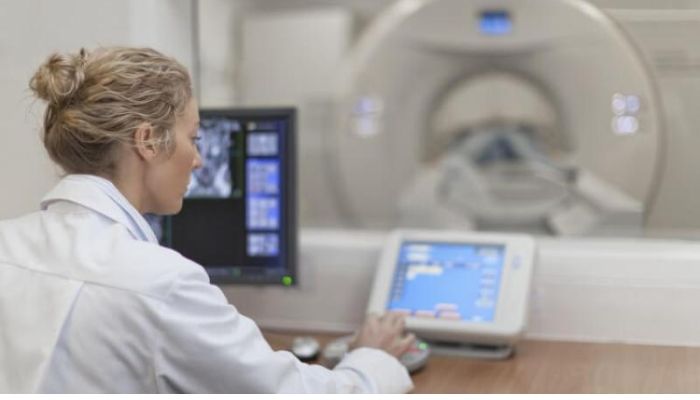Blog
Radiology & Medical Imaging Technology: A Career with Growth and Advancement Opportunities

The field of radiology and medical imaging technology is an ever-evolving landscape, brimming with opportunities for those who are passionate about combining healthcare with cutting-edge technology. As medical advancements continue to surge forward, the demand for skilled professionals in this sector is on a steady incline, offering a promising career path for many.
The Radiant World of Medical Imaging Technology
Medical imaging technology is a critical component of modern healthcare, providing the means to visualize the interior of the body for clinical analysis and medical intervention. This field encompasses a variety of imaging modalities, including X-rays, computed tomography (CT), magnetic resonance imaging (MRI), and ultrasound, each playing a pivotal role in the diagnosis and treatment of patients.
An Associate of Science in Radiography can be a stepping stone to more advanced studies like a Bachelor of Science (B.Sc) in Radiology and Imaging Technology. This journey into the field often begins with this foundational program. These programs are designed to develop critical thinking and problem-solving skills, a deep understanding of human anatomy and physiology, and the ability to use complex imaging technologies.
Growth and Advancement in Radiology and Medical Imaging
Opportunities for growth and advancement abound in the career trajectory of radiology and medical imaging technology. With an estimated many new openings projected each year over the next decade, the field is ripe with potential for aspiring professionals
One can start as a radiologic technologist, operating imaging equipment to visualize body structures, and then progress to specialized areas such as MRI or nuclear medicine. Pursuing a B.Sc in Radiology and Imaging Technology can open doors to advanced fields and leadership roles, as well as opportunities in research and education
Specialization is a key aspect of career advancement in this field. For instance, one might choose to focus on Dialysis Technology, Cardiac Care Technology, or Operation Theatre Technology, each offering a unique set of challenges and rewards. Specialized technologists often command higher salaries and have a broader range of job opportunities available to them
The Impact of Technological Advancements
Technological advancements are at the heart of the growth in medical imaging technology. Innovations such as 4D imaging and the integration of artificial intelligence are transforming how imaging is performed and interpreted. These advancements not only improve the quality of patient care but also create new niches and career paths within the field.
Professionals in medical radiology and imaging technology must stay abreast of these changes, continually updating their skills through continuing education and professional development. This commitment to lifelong learning ensures that they remain competitive and valuable within the healthcare system.
The Role of Certification and Continuing Education
Certification is often a requirement for employment in medical imaging technology, and it serves as a testament to a technologist’s expertise and commitment to the field. Continuing education is also crucial, as it allows professionals to keep up with the latest developments and maintain their certification.
Conclusion
A career in radiology and medical imaging technology is not just a job; it’s a journey of continuous learning and growth. With the right education and a proactive approach to professional development, individuals in this field can look forward to a rewarding career filled with diverse opportunities. Radiology and medical imaging technology offer a fulfilling path that is both challenging and impactful, whether you’re interested in direct patient care, technology, or administration.
For those considering a career in this dynamic field, the time is ripe to embark on a path that promises not just a job, but a lifelong vocation in service of advancing medical science and improving patient outcomes.

